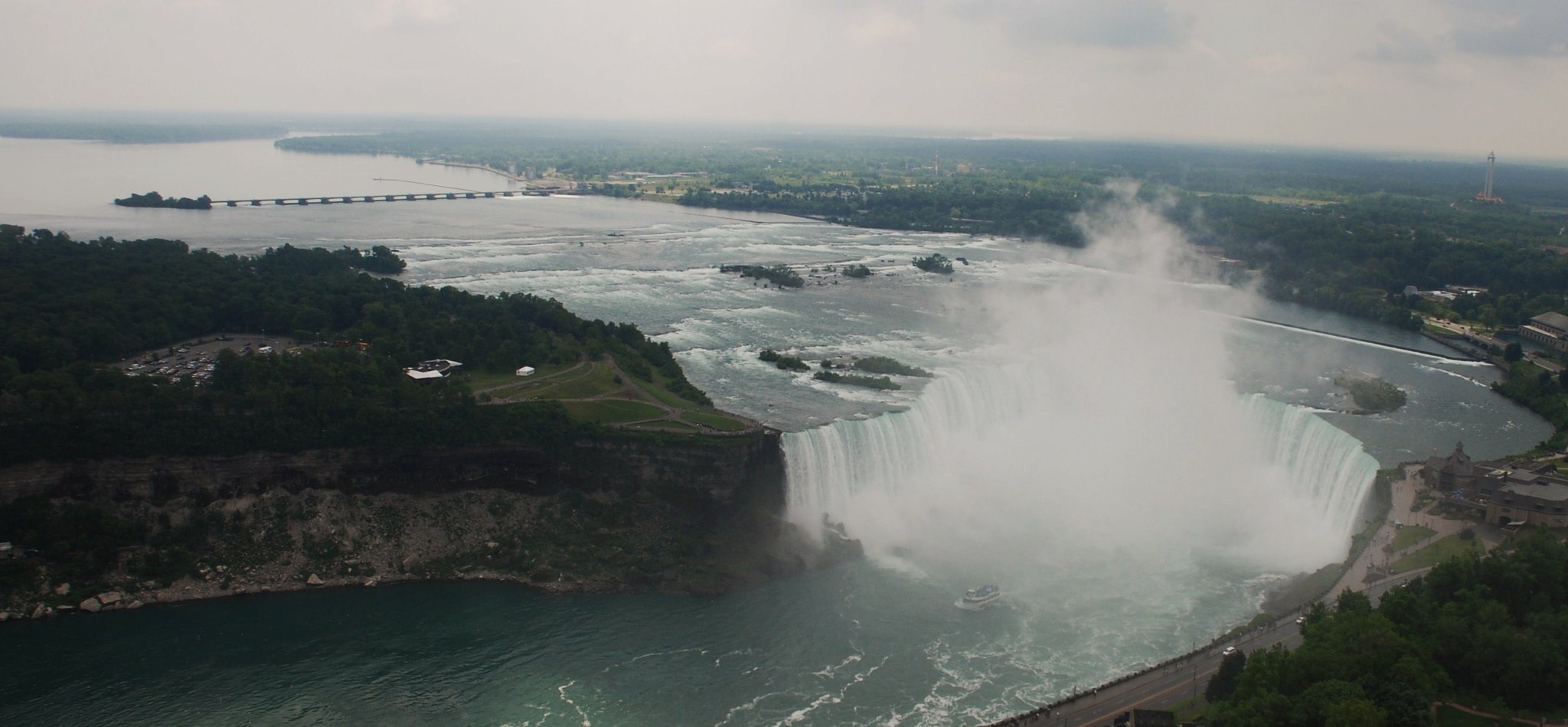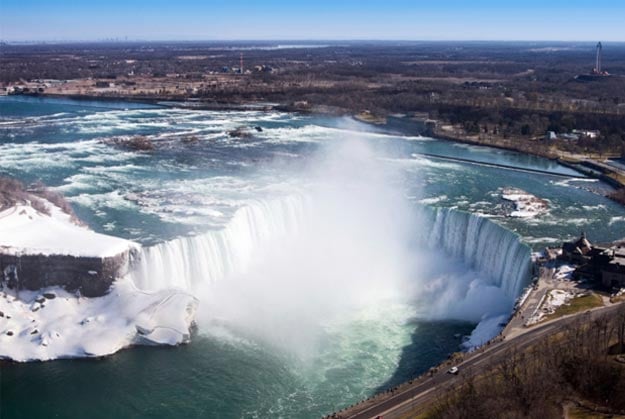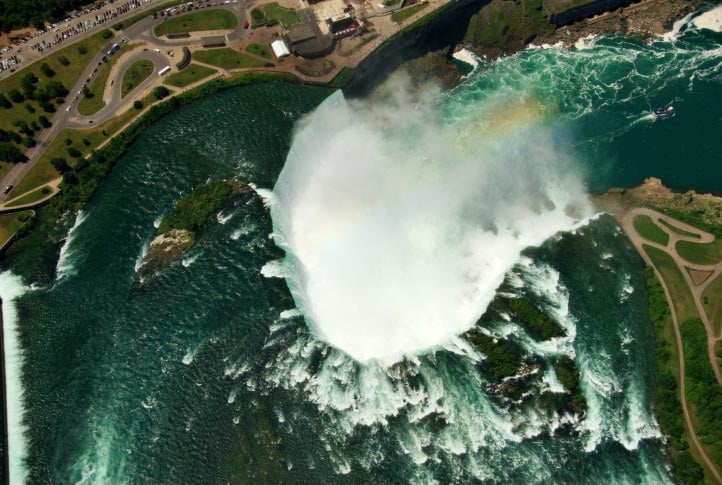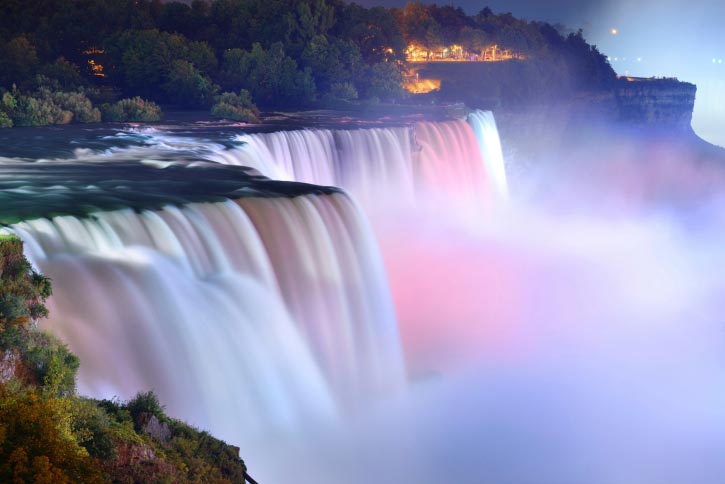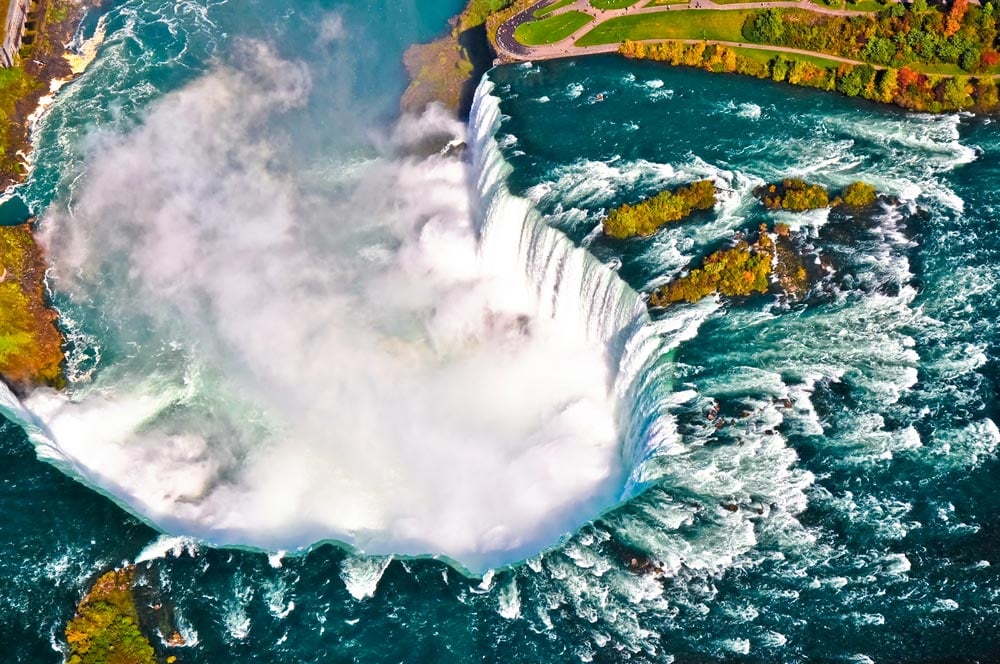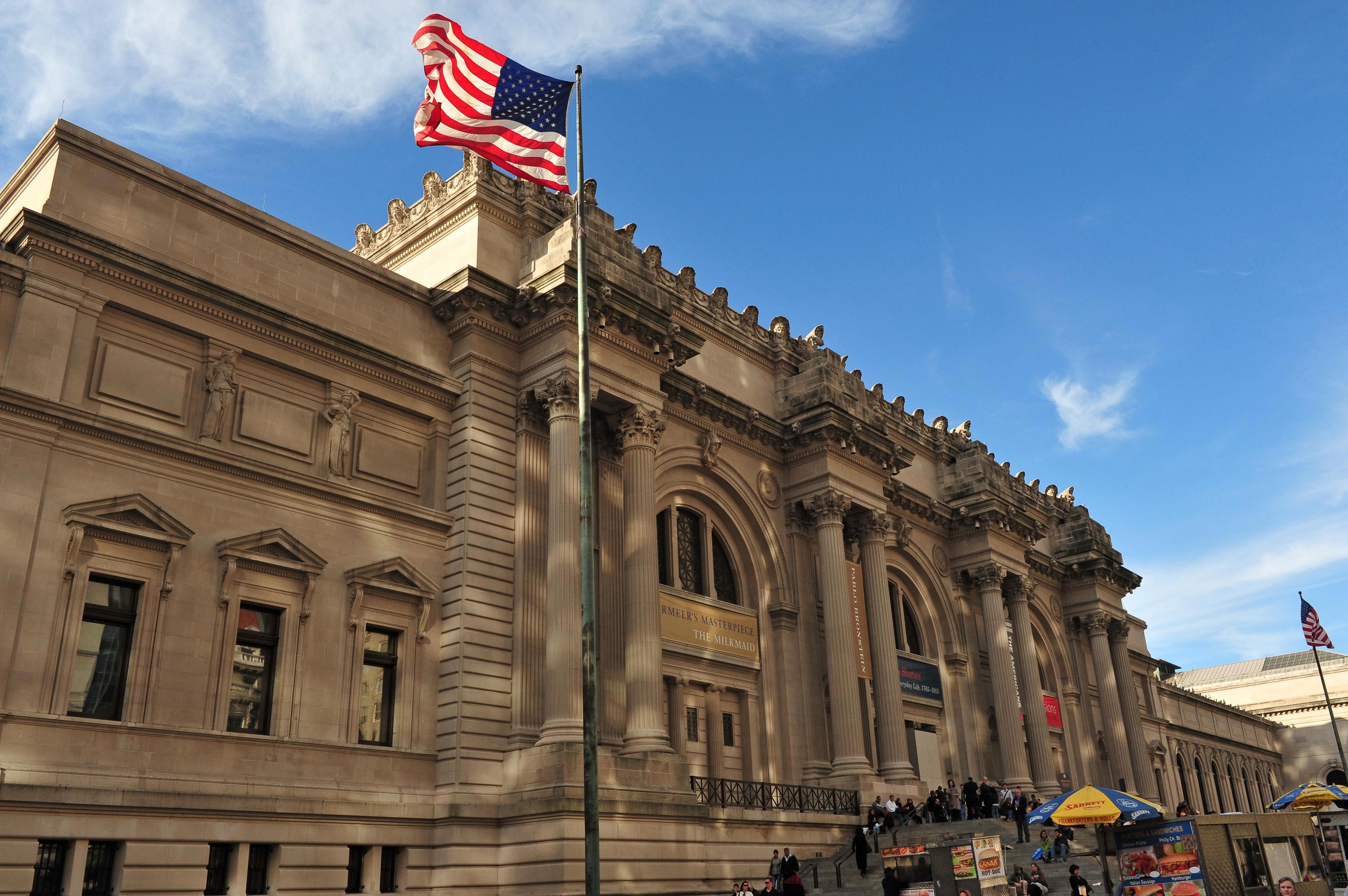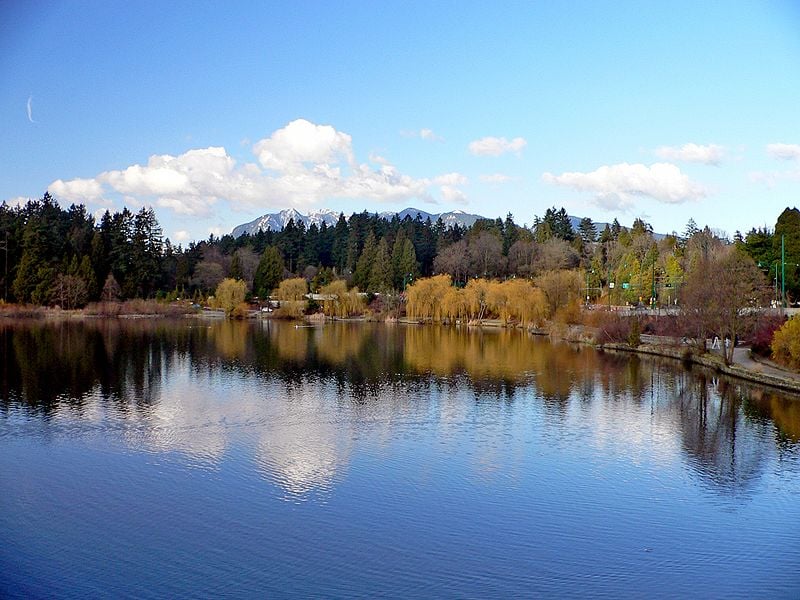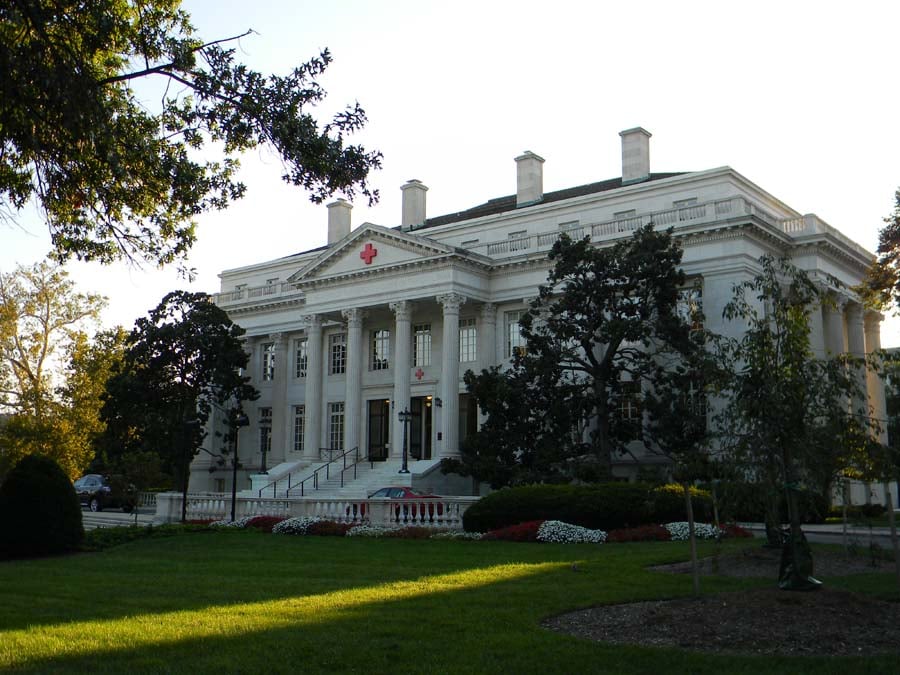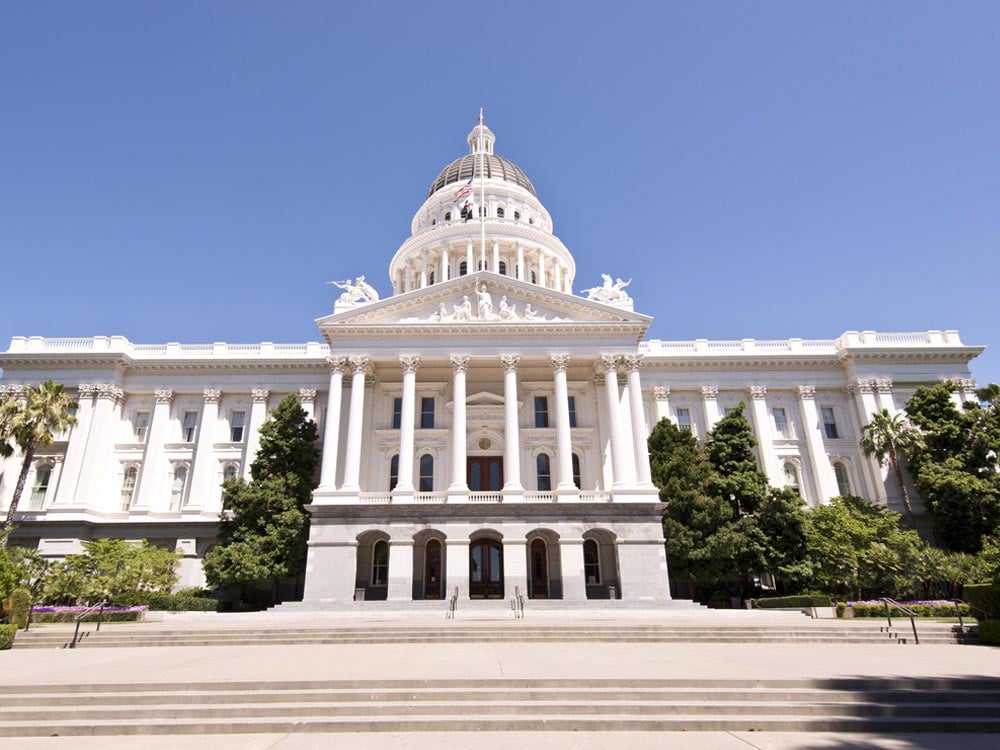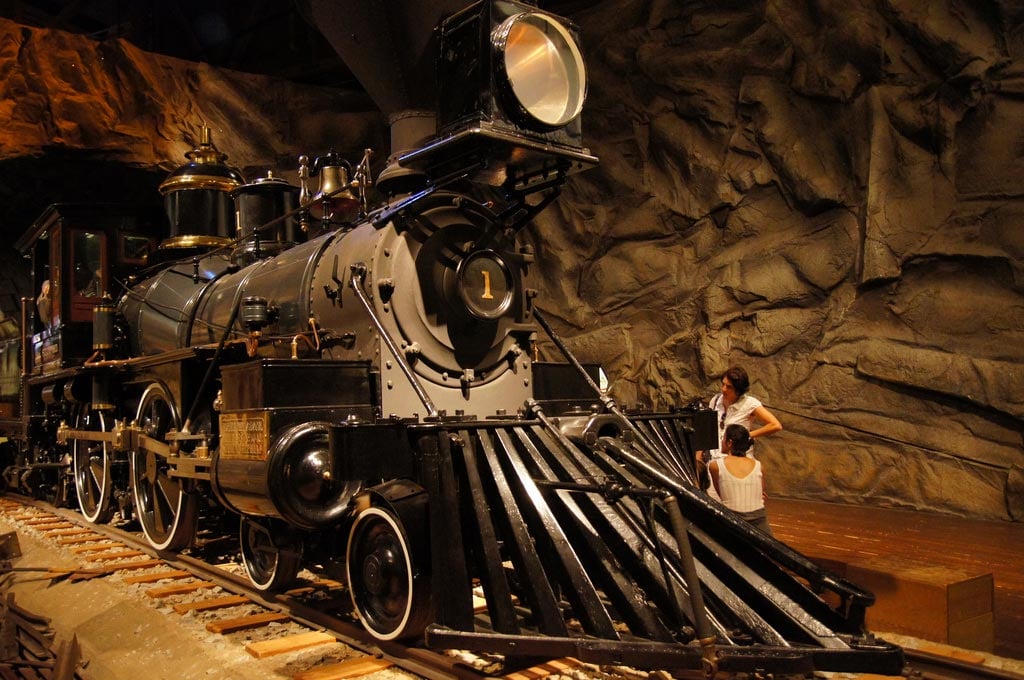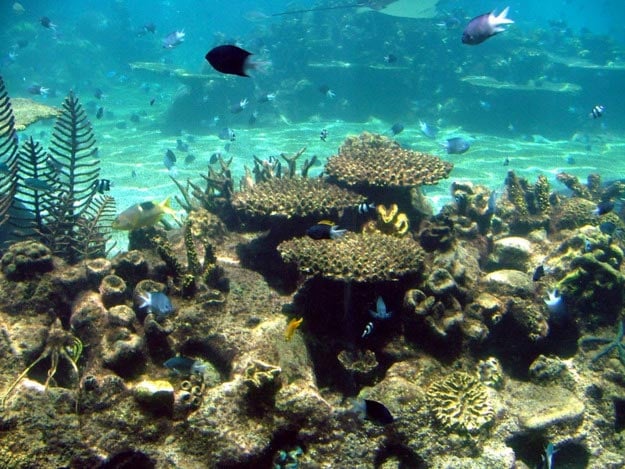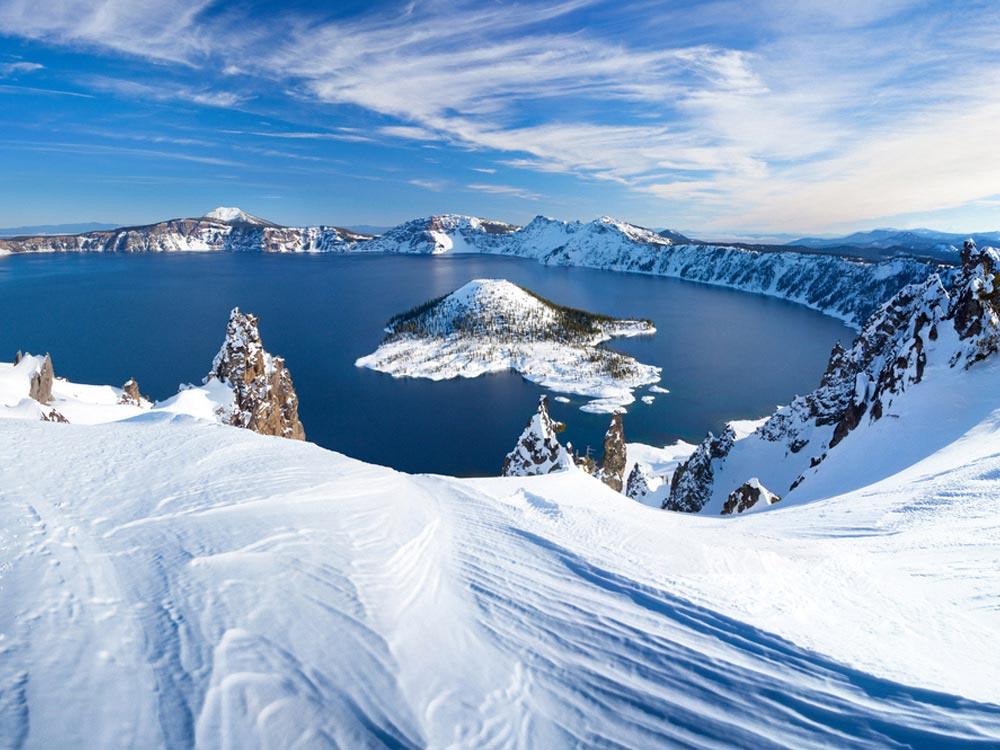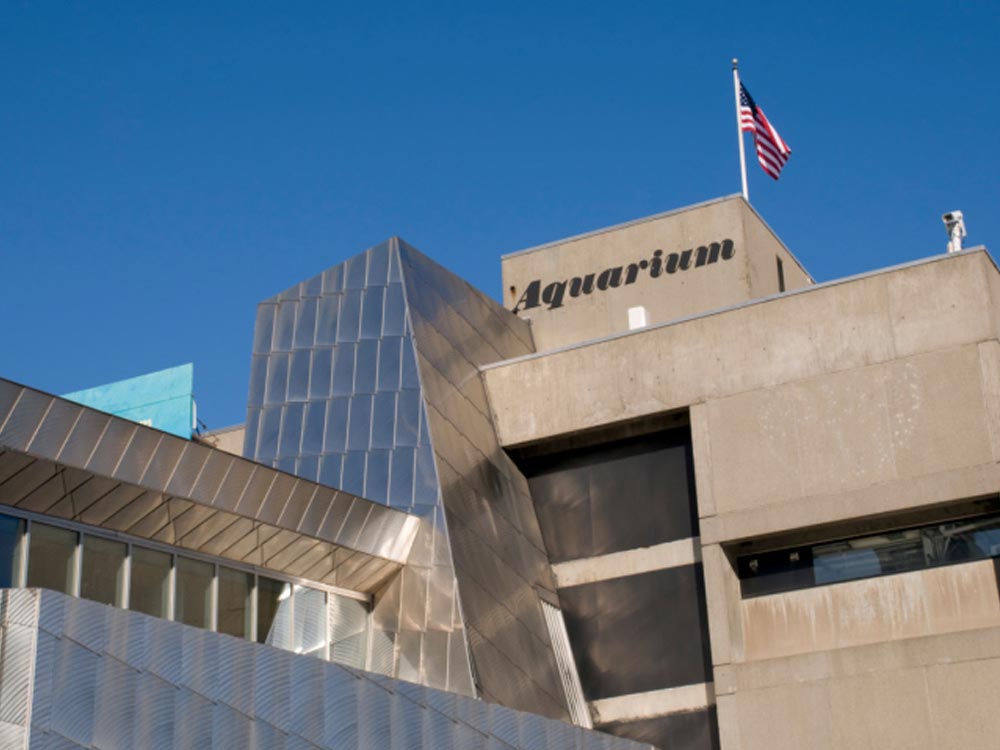Niagara Falls is a group of massive waterfalls located on the Niagara River on the border between the United States and Canada. North America’s most powerful waterfalls – the Niagara is actually a collection of three falls: The Horseshoe Falls, The American Falls and the Bridal Veil Falls. While the American Falls is sandwiched between the Prospect Point and the Luna Island, the Bridal Veil Falls is located between the Luna Island and the Goat Island. The Canadian/Horse Shoe Falls gushes between the Goat Island and the Table Rock.
The Niagara itself is a river which is about 12,000 years old. There were ice-sheets of 2-3 kilometers thick in the southern part of Ontario 18,000 years ago. Along the ages and after certain topographical changes the ice-sheets melted and a lot of water accumulated in the Great Lakes Basin. Water from Lake Erie, the Niagara River and Lake Ontario all contribute to the falls. The Niagara Falls is the second largest falls in the world.
Each day per minute the Niagara gushes water exceeding 6 million cubic feet. On an average the amount is 4 million cubic feet. Niagara is one of the chief sources of hydroelectric energy for the whole of New York and Ontario. Thus the falls help in the development of commerce and industry and the state’s revenue collection is also strengthened by the flourishing tourism industry.
Many people tried various stunts at the falls. Some survived while others died in accidents during their performances. Among several daredevils of the Niagara Falls, the prominent ones are Nik Wallenda’s – a tightrope walker who performed stunts in 2012, Mrs. Annie Taylor – the first person to survive the falls, William Kendall – a swimmer who survived the falls, Maria Spelternia – only woman to cross the falls on a tightrope.
Niagara Falls Activities
- The ‘Maid of the Mist’ ship takes you into the heart of the falls for an unforgettable, exotic, and indefinable experience. You may also enjoy the thundering sound of the Niagara Falls with the Journey Behind the Falls program that takes you deep below and behind the falls. The falls offer spectacular views in the summer and spring months. During the winters, the Ontario Power Generation Festival of lights at the falls is a major highlight. Every year the park hosts a series of fireworks at the falls during the night. Check the schedule at niagaraparks.com. Royal Canadian Air Force and Niagara Falls Air Reserve Station conduct air shows over the Niagara Falls. The RCF air show will be held from May 13, 2014 to October 17, 2014. You may check the schedule at saskaviationcouncil.ca. The Niagara Falls Air Reserve Station has temporarily halted the air shows. The Niagara Falls Butterfly Conservatory, with over 2,000 colorful butterflies, is a magical place to visit. This is also a must-visit destination.
- While at the Niagara Falls, do not miss to visit the Aquarium of Niagara, Niagara Science Museum, Whirlpool State Park, Devil’s Hole State Park, Reservoir State Park, Niagara Adventure Theater, and Hyde Park.
Also Read:12 tips for visiting the Niagara Falls
Niagara Falls Map
Facts About Niagara Falls
The American Falls and Bridal Veil Falls are 1,060 feet wide and have a clear drop of only 70 feet.
The Canadian Falls is about 2,600 feet wide and has a drop of 170 feet.
Volume of water in The American Falls and Bridal Veil Falls is 150,000 U.S. Gallons / 567,811 Liters per second, while volume of water in the Canadian Falls has been recorded to be 670,000 U.S. gallons / 2,271,247 liters per second.
Where is Niagara Falls?
Niagara Falls is located on the Niagara River on the International border between Ontario province, Canada and New York state.
Related: Top things to do in Niagara Falls | Niagara Falls Infographic | Niagara Falls International Airport
